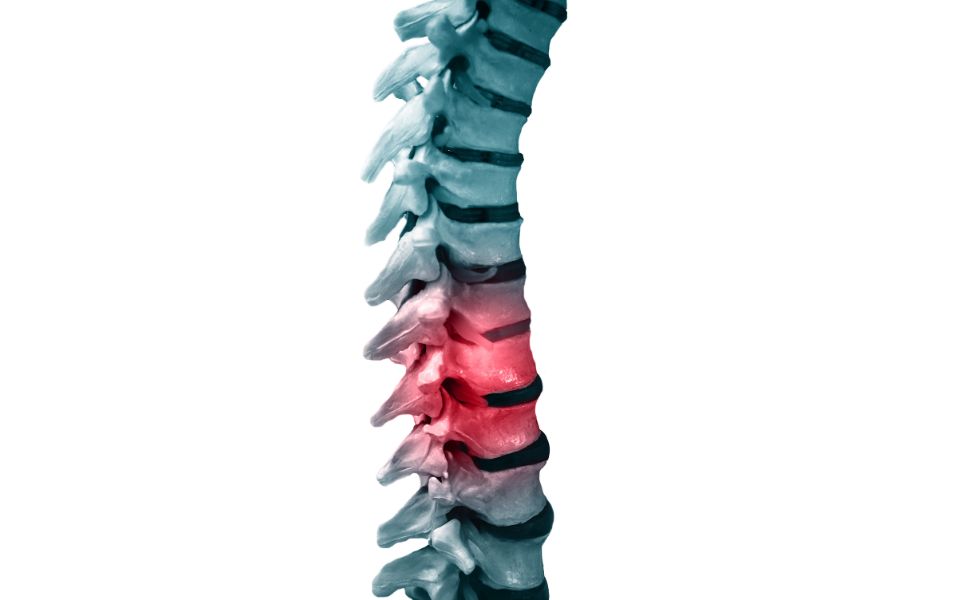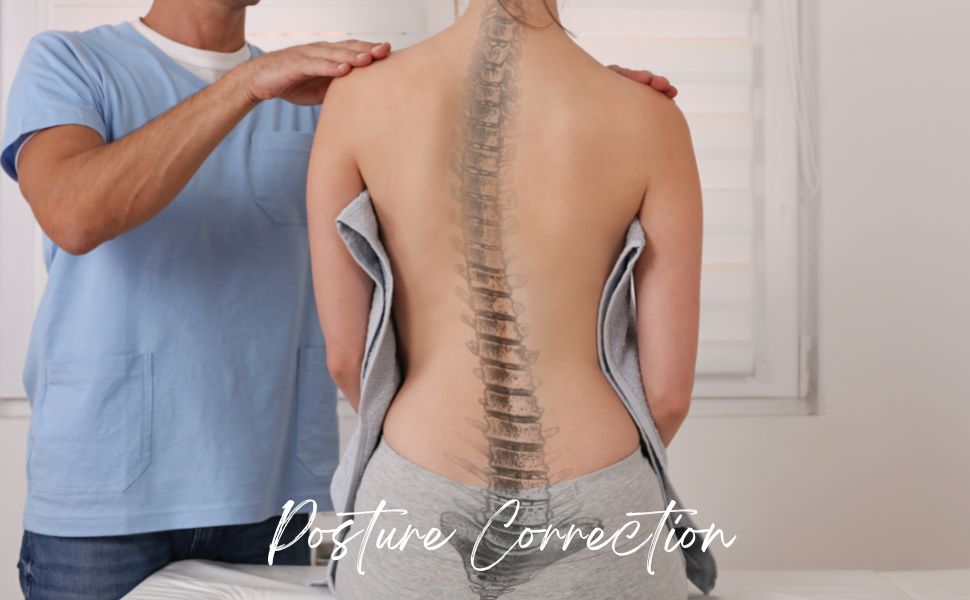What is a Back Pain Belt ?
A back pain belt is a device worn around the waist that provides support to the lower back. It is designed to alleviate pain and discomfort associated with various lower back conditions such as strain, sprain, or injury. The belt helps to reduce pressure on the lower back muscles and promote proper posture, reducing the risk of further injury. Some back pain belts also include features such as heat therapy, magnetic therapy, and massage to enhance their pain-relieving effects. However, it’s important to consult a healthcare professional before using a back pain belt, as the underlying cause of pain must be determined and treated appropriately.

Back Pain Belt Categories
Back pain belt can generally be categorized into three main types:
- Support Belts: These belts provide compression and support to the lower back to alleviate pain and improve posture.
- Lumbar Belts: These belts are designed to target the lumbar region of the back and provide additional support to the lower back muscles.
- Sacroiliac Belts: These belts are designed to stabilize the sacroiliac joint and alleviate pain in the lower back and hips.
It’s important to consult a healthcare professional before using a back pain belt, as the underlying cause of pain must be determined and treated appropriately.
Benefits of Using Back Support Belts
The research regarding support belts isn’t conclusive. But you’ll likely experience the benefits when you wear one properly, according to your doctor’s instructions. Some issues that back support belts target include:
- Correcting deformity: Due to congenital issues or after back surgery, braces can correct a deformity or facilitate healing.
- Limiting movement: After an initial low-back injury, limiting your spinal movement is helpful because it allows your injury to heal on its own by relieving excessive demand on the muscles.
- Stabilizing the back: Some users report that supporting their spine and abdomen relieves pain and improves posture.
- Providing support: Back support belt wearers state that during periods of episodic pain, they get relief with a belt when rising from sitting to standing or during other transitional movements.
- Facilitating a return to work: After an injury, a support belt can make your transition back to work easier to manage.
- Easing pain: Some belts have massaging and heating elements that relieve back stress. Additionally, just wearing a belt may provide a placebo effect of pain relief.
Serious Concerns about Using a Back Pain Belt

Physician Concerns
When support belts aren’t properly fitted or maintained, you run the risk of creating more problems than you started with. Issues from improper belt use include:
- Skin lesions: Improperly fitting belts, such as those marked one-size-fits-all, can cause skin irritation and lesions.
- Muscle atrophy: Long-term use of back support belts can lead to muscle atrophy, setting up your spine for injury later.
- Transfer of the load to other muscles. Restricting motion for one part of the back requires other muscles to bear the load, which can result in injury to those muscles.
- Gastro-intestinal disorders: Some belt wearers said that the compression of their abdomen resulted in digestive issues. Although a narrow belt did not completely restrict trunk movement, pressure elevated by the tightness contributed to spinal stiffness. Our results indicate that wearing a tight waist belt may contribute to the development of excessive anterior pelvic tilt.
- Higher blood pressure: The compression of your muscles can also increase your blood pressure and resting heart rate.
- Depending on your condition, the short-term use of a back support belt may be beneficial, especially if used in conjunction with other forms of treatment like physical therapy. Your physician likely won’t recommend long-term or preventative use. To avoid additional back problems, talk to your spine specialist at the Southeastern Spine Institute about whether a belt is right for you.
Men who wear tight belts can have problems with numbness and tingling in their lower extremities, in their legs, and also can cause a painful condition called meralgia paresthetica, where they can actually have compression of one of the nerves down their lower legs,” explains Dr. Vyas.
Dependence on these splints is not very safe as they tend to make bones osteoporotic as they reduce weight bearing.

Conclusion : Back Pain Belt
- Back braces should not be worn all the time. They may be appropriate for some activities but should not be worn more than 2 hours daily. Excessive use of back braces can lead to muscle weakness and atrophy, as well as a weakened core.
- However, back braces are important for support, especially when walking or standing for long periods. They help to reduce the chances of disc prolapse and prevent relapses.
- It is recommended to limit the use of lumbar belts and instead engage in regular exercises and postural correction. Lumbar belt usage for prolonged periods and at an early age is not advisable.
- Hot fomentation should be applied twice daily and bending forward should be avoided.
- For postural correction, maintain a tall posture while sitting and walking. Engage in extension exercises lying on your stomach, including raising left and right arms and legs, for 15 repetitions twice daily.
- Perform Bhujang Asana by lying flat on your stomach, bending your neck backward and raising your chest with a deep breath. Repeat the exercise 15 times twice daily.
- Engage in core strengthening exercises, including straight leg raises with toes turned outward, repeating 10 times twice a day. After practicing these exercises for 10 days, you can start walking to improve your posture and support.
- Apply ice packs 2-3 times for pain relief and avoid activities that may worsen symptoms, such as walking, prolonged sitting, and forward bending, until the pain subsides.
- It’s important to follow the advice of a physiotherapist and avoid using lumbar belts as a form of treatment.

- Follow mild exercises for pain relief and posture corrections (as advised by your physio).
- If the pain is not tolerable enough to continue exercises, you may use Bhoomi Secret’s ” DEEP RELIEF ” pain relief oil formulation for instant relief, until the pain subsides to a significant level to restart physio again.
- Follow correct ergonomics to prevent further episodes.
